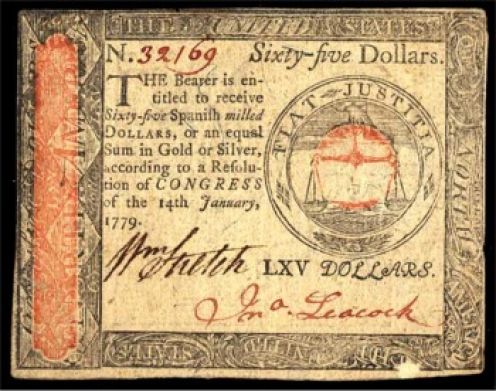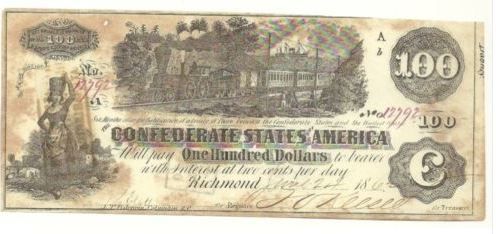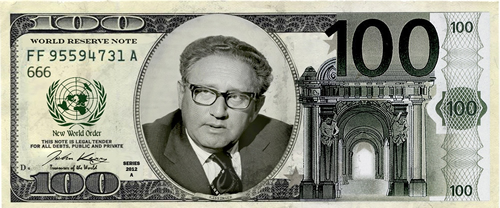Republished by Blog Post Promoter
Tag Archives: legalized theft
DERIVATIVES: CRIMINAL MINDS AT “WORK”
Republished by Blog Post Promoter
A Derivative is a financial instrument with a value dependent upon underlying variables. The term can refer to a contract, or its value, derived from the underlying assets. The most common derivatives arefutures, options, and swaps but may also include other tradeable assets such as a stock or commodity or non-tradeable items such as the temperature (in the case of weather derivatives), the unemployment rate, or any kind of (economic) index. A derivative is essentially a contract whose payoff depends on the behavior of a benchmark.
One of the oldest derivatives is rice futures, which have been traded on the Dojima Rice Exchange since the eighteenth century.
Derivatives are broadly categorized by the relationship between the underlying asset and the derivative (e.g., forward, option, swap); the type of underlying asset (e.g., equity derivatives, foreign exchange derivatives, interest rate derivatives, commodity derivatives, or credit derivatives); the market in which they trade (e.g., exchange-traded or over-the-counter); and their pay-off profile.
Derivatives can be used for speculating purposes (“bets”) or to hedge (“insurance”). For example, a speculator may sell deep in-the-money naked calls on a stock, expecting the stock price to plummet, but exposing himself to potentially unlimited losses. Very commonly, companies buy currency forwards in order to limit losses due to fluctuations in the exchange rate of two currencies.
Derivatives are used by investors to:
- provide leverage (or gearing), such that a small movement in the underlying value can cause a large difference in the value of the derivative;
- speculate and make a profit if the value of the underlying asset moves the way they expect (e.g., moves in a given direction, stays in or out of a specified range, reaches a certain level);
- hedge or mitigate risk in the underlying, by entering into a derivative contract whose value moves in the opposite direction to their underlying position and cancels part or all of it out;
- obtain exposure to the underlying where it is not possible to trade in the underlying (e.g., weather derivatives);
- create option ability where the value of the derivative is linked to a specific condition or event (e.g. the underlying reaching a specific price level).
SUFFER-RAGE
Republished by Blog Post Promoter
The Theory of Suffrage is often conceived in terms of an egalitarian election of representatives by ALL citizens. Theoretically, Suffrage applies to initiative and referendum.
Suffrage describes not only the legal right to vote, but also the practical question of whether a question will be put to a vote. The utility of suffrage is reduced when important questions are decided unilaterally by elected or unelected representatives.
Until the nineteenth century, many Western democracies had property qualifications in their electoral laws; e.g. only landowners could vote or the voting rights were weighed according to the amount of taxes paid.
In the modern United States, as it has been throughout almost all of human history, voting to pass or prevent Legislation is bought and paid for through bribes from professional “Lobbyists” who represent private (corporate) interests. This form of government can also be known as Tyranny or Dictatorship or Oligarchy, or Privateering or Profiteering or Legalized Theft.









